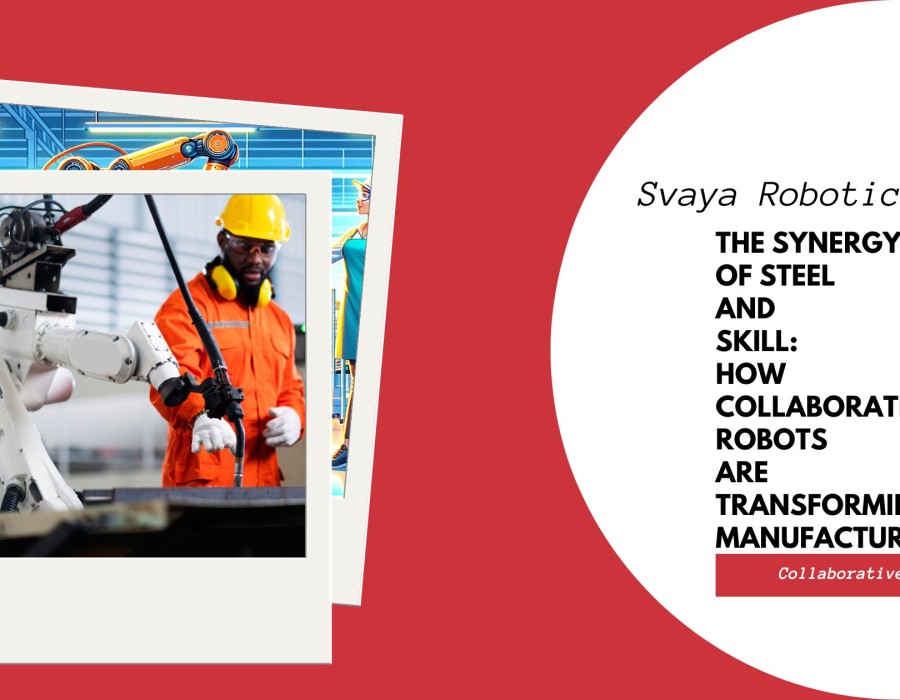Collaborative Robots
In the contemporary landscape of industrial production, the integration of Collaborative Robots, often referred to as Cobots, signifies a pivotal shift towards more dynamic and versatile manufacturing environments. These sophisticated automatons are not just tools of automation; they are becoming integral partners in the craft of manufacturing, bringing a harmonious blend of precision and flexibility to assembly lines worldwide.
The Evolution of Collaborative Robots in Industry
Historically, robots in manufacturing settings were isolated from human operators, designated to perform monotonous, repetitive tasks within confined spaces. However, the advent of Cobots has disrupted this norm. Engineered to work alongside humans, these robots are equipped with advanced sensors and control systems that ensure safety and enhance human-machine interaction.
A Cobot's ability to learn and adapt to different tasks makes it an invaluable asset. For example, in automotive manufacturing, Cobots are used to assist with intricate assembly processes that require a high degree of precision. Their deployment reduces the ergonomic strain on human workers and increases the overall quality of production.
Strategic Implementation of Cobots by Manufacturers
The shift to Cobots does not merely represent a technological upgrade but a strategic transformation within factories. The role of a Cobots manufacturer is not only to produce these machines but also to tailor them to integrate seamlessly into existing workflows. This bespoke adaptation is crucial as it allows for minimal disruption and maximizes the efficiency gains from the robot's deployment.
One of the most significant advantages of Cobots is their flexibility. Unlike their predecessors, Cobots can be reprogrammed and redeployed for different tasks within the same facility. This versatility is particularly beneficial for small to medium-sized enterprises (SMEs) that require production lines to switch between products more frequently.
Economic Impact of Cobots in Manufacturing
The economic implications of integrating Cobots into manufacturing are profound. Initially, the investment might seem substantial; however, the return on investment (ROI) is accelerated by the substantial gains in productivity and reduction in operational costs. Cobots contribute to a decrease in production downtime and maintenance costs, as their precision and reliability prevent the frequent errors that human operators might make.
Moreover, Cobots enable manufacturers to maintain production within domestic markets, mitigating the need to offshore factories to low-cost countries. This not only helps in retaining jobs locally but also reduces the logistical costs associated with long-distance supply chains.
Enhancing Worker Safety and Job Satisfaction
Safety is a paramount concern in any manufacturing setting, and Cobots excel in this arena. Equipped with state-of-the-art safety features, such as collision detection and responsive stop mechanisms, Cobots ensure a safe working environment. This safety enhancement is critical in industries where human workers are at risk of injuries from repetitive tasks or heavy lifting.
Furthermore, the introduction of Cobots relieves workers from the monotony of repetitive tasks, allowing them to focus on more complex and creative aspects of production. This shift not only augments job satisfaction but also fosters a more engaging and mentally stimulating workplace.
Future Trends: Cobots and Beyond
As the technology behind Cobots continues to evolve, their capabilities are expected to become even more sophisticated. With advancements in artificial intelligence (AI) and machine learning, Cobots will be able to perform not only physical tasks but also make autonomous decisions based on real-time data. This evolution will further enhance their utility in manufacturing, making them an even more integral part of the production process.
In conclusion, the synergy between steel and skill introduced by Cobots is transforming the manufacturing sector. This transformation is not merely about automating tasks but about enhancing and augmenting the human workforce's capabilities. As Cobots become more embedded in industrial operations, their impact on productivity, safety, and innovation continues to grow, heralding a new era of manufacturing that is more efficient, safer, and more sustainable. The role of the Cobots manufacturer will be crucial in navigating this shift, ensuring that these robotic assistants are not only accessible but also adaptable to the varying needs of a rapidly evolving industry.






Comments